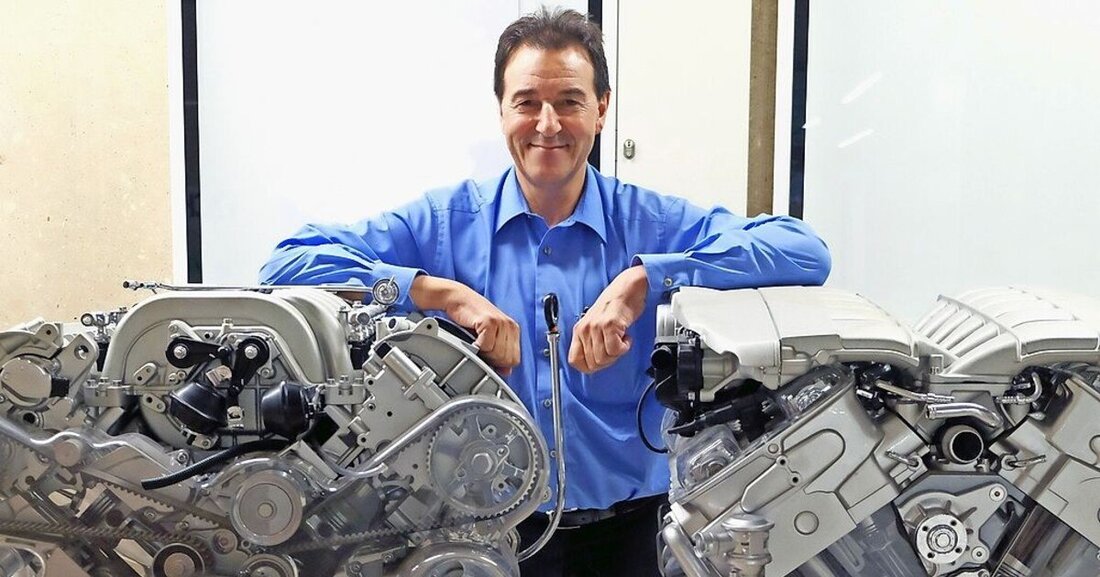More greenhouse gases through Electric only”
By 2050, around 15 billion liters of fossil fuels would have to be replaced with alternatives.

More greenhouse gases through Electric only”
According to Bernhard Geringer, the organizer of the International Vienna Motor Symposium, just looking at electricity or supposedly inefficient e-fuels in isolation is not enough. By the time of the Paris climate target of 2050, around 15 billion liters of fossil fuels that are currently refueled every day around the world would have to be replaced by climate-neutral fuels in order to achieve the politically set climate goals. "For true climate neutrality, the entire system must be considered, from sustainable energy production to the vehicle wheel. A wind turbine in Chile with triple hydrogen production far compensates for the energy conversion disadvantage compared to Central Europe," explains Geringer. The potential for generating renewable energy is particularly great in regions such as North Africa, the Middle East, Chile and Australia.
Fuel studies by Ulrich Kramer, technology expert for renewable fuels at Ford in Cologne, also show that achieving the global climate goals is considered unattainable with the current strategy. Overall, from the production of the necessary energy and raw materials to the production, operation and recycling of a vehicle, “Electric only” would generate 39 percent more greenhouse gases in the EU by 2050 than with a mix of different climate-neutral technologies, which would also be significantly cheaper. The decisive factor is the speed of the switch to climate-neutral vehicles, says Kramer: "With the purely battery-electric approach, this does not happen quickly enough, simply because of various technical bottlenecks such as the slow expansion of the power grid or the insufficient cobalt supply for the construction of batteries. After all, the industry worldwide is expecting a six-fold increase in battery storage requirements by 2030 compared to 2022."
The basis for e-fuels is green electricity and water. According to Alba Soler, renewable energy expert at Concawe in Brussels, only a few liters of water are required per liter of e-fuel, compared to thousands of liters per liter of biofuel made from grain. The green hydrogen produced can be further processed with CO2 from industrial exhaust gases or from the air to produce e-methane or climate-neutral liquid fuels such as e-petrol, e-kerosene or e-diesel. This means that e-fuels, like fossil fuels, can be transported cheaply to Europe by ship or pipeline. The transport of liquid “green” hydrogen, on the other hand, would be significantly more expensive. After the EU approved an option for e-fuels in addition to the end of combustion engines from 2035, interest from potential producers is increasing. Thorsten Herdan, Managing Director of HIF EMEA, viewed the small e-fuel demonstration plant built by HIF Global with Porsche in the south of Chile as important preparatory work for this decision. The group wants to start mass production of e-fuels from 2026. Herdan sees the mass market for e-fuels in heavy transport, shipping and air transport, rather than in the passenger car sector. The world's largest oil company Aramco, based in Saudi Arabia, is planning to build a small plant for e-fuels in Europe due to the new EU decision.

 Suche
Suche
 Mein Konto
Mein Konto